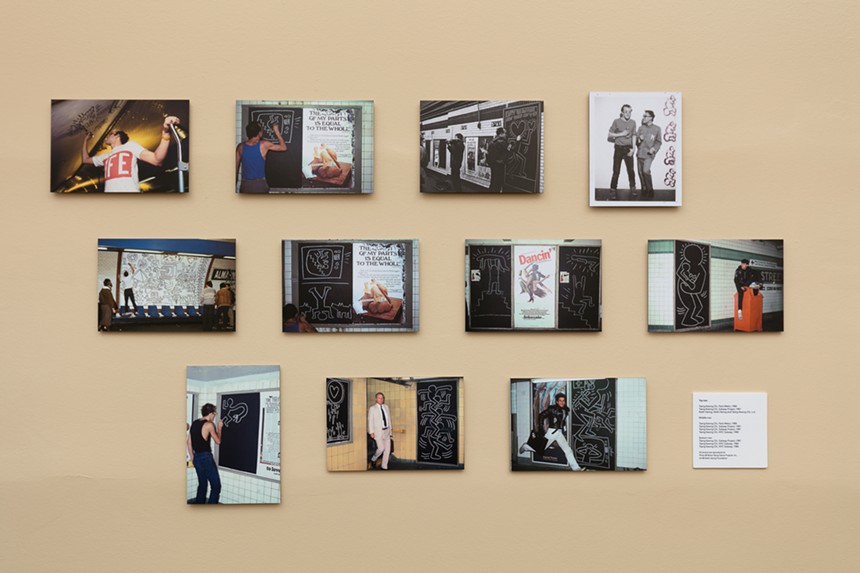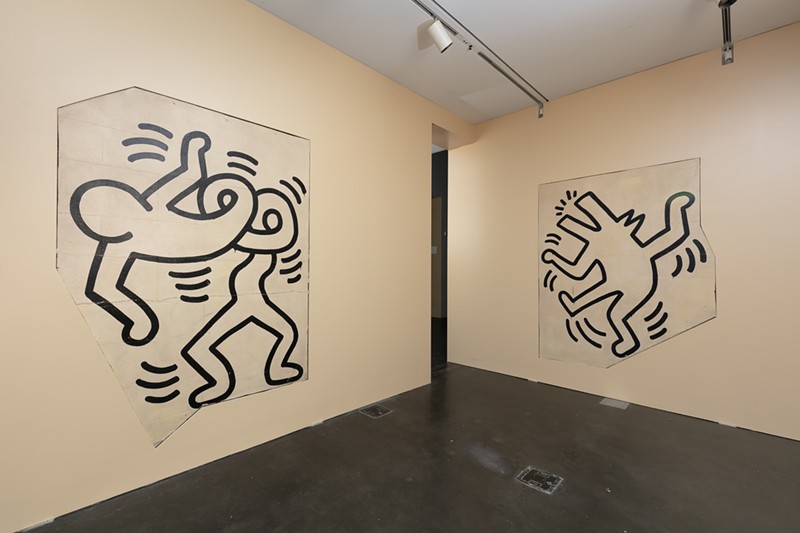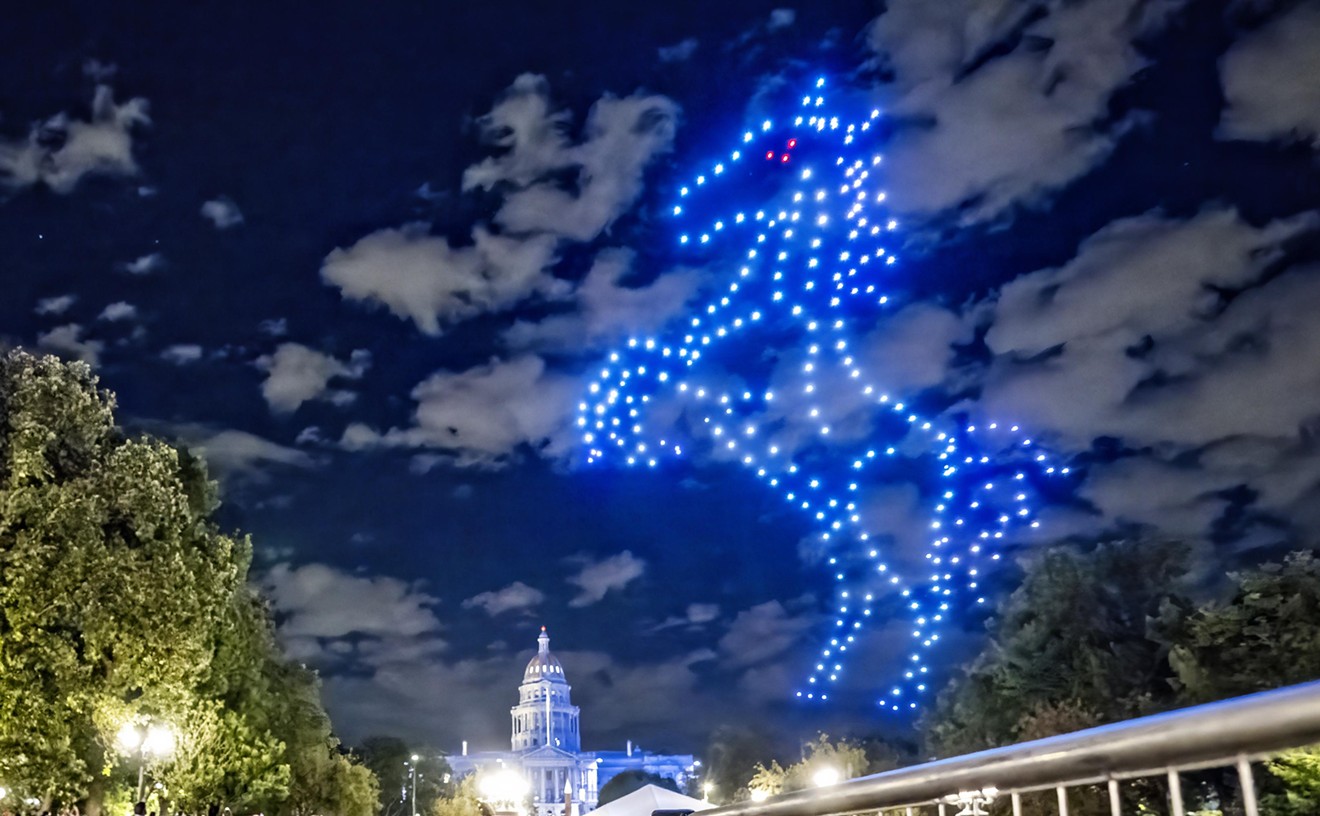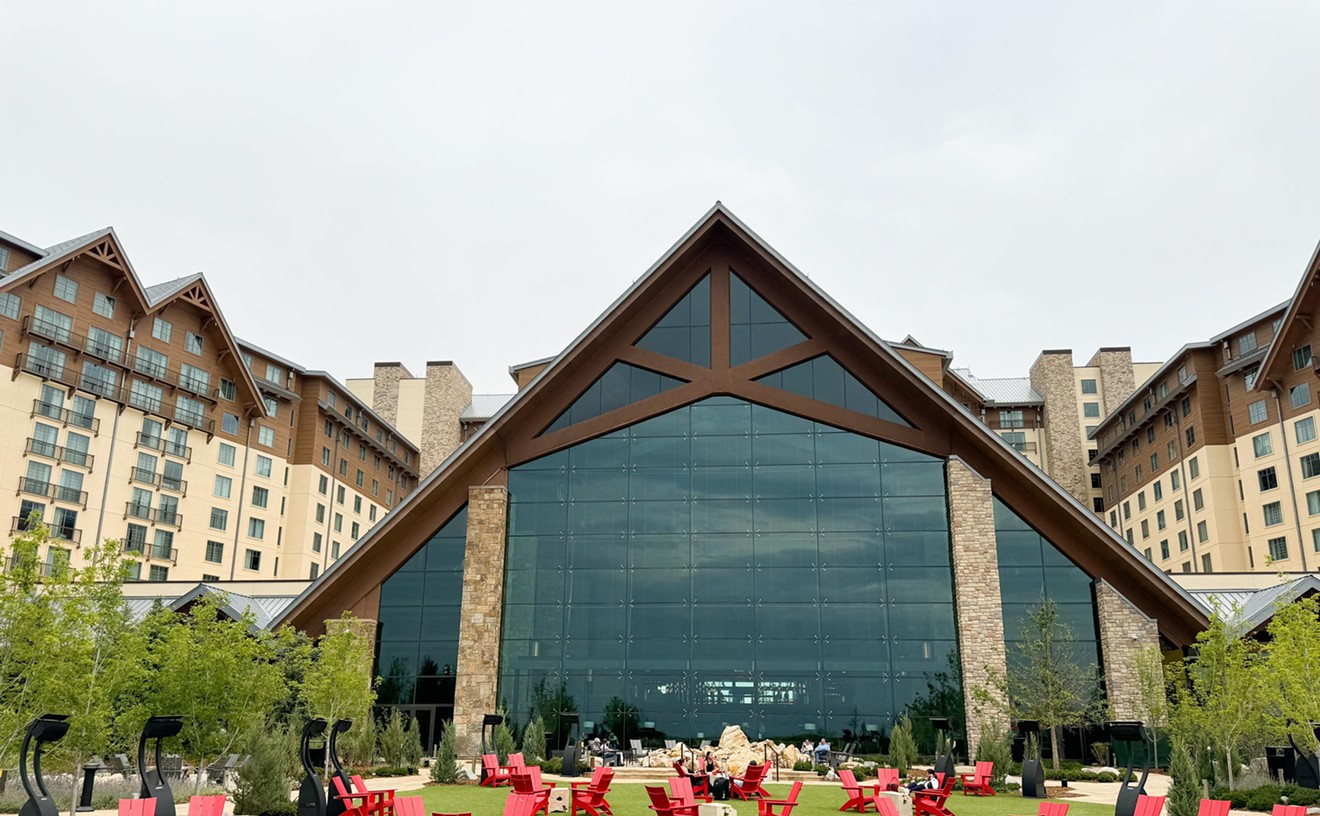Born in Pennsylvania in 1958, Haring arrived in New York in 1978 and launched his art career. By 1990, he had died from AIDS-related complications; he was only 31. His artistic practice spanned just a little over ten years. During that brief burst, he became world-famous, and even today, more than thirty years later, Haring’s iconic drawings are still well known.
His most famous imagery, like the crawling baby surrounded by radiating lines, or the wolfman — simple outlines rather than fully fleshed-out renderings — remain seared into the mind’s eye of art enthusiasts, hipsters and the general public, even those who might not know Haring’s name.
Though he had some formal training and came to New York to study at the School of Visual Arts, where he first encountered postmodern theory, his visual inspirations were children’s cartoons and the impromptu art of the street.
Haring was pretty much a street kid himself. He got his start as a graffiti writer and first became known in New York for his subway-stop pieces, which were seen by thousands. He took advantage of this high-traffic ad hoc exhibition space, working on found-paper surfaces — in this case, black paper that covered unleased ad space.
Haring would mark the black paper with white chalk, and used the soon-to-be-famous radiating baby symbol as his personal tag. Because his drawings were on paper, they were easy for passersby to take, and many did.
Over the next decade, his repertoire would expand from the chalk and paper days, but the simple signature comic-book depictions he developed early-on had staying power and more. His mega-fame exploded within a few years. Given how readily appealing his work is, this success now seems inevitable.

Three individual dancing figures from the Grace House mural. Paint on painted concrete block.
Photo by Wes Magyar, courtesy of MCA Denver
This kind of work gave Haring status in the contemporary art world while simultaneously establishing his street cred. Creating work that plays this dual role of being part of the high culture of galleries and museums and gaining fame in the pop-culture arena of T-shirts and album covers is quite a trick, but Haring pulled it off. (He even opened his own store in SoHo, called the Pop Shop, selling products emblazoned with his imagery.)
The MCA exhibit zeroes in on a mural Haring did in the early ’80s, when he was hanging out at a place called the Paradise Garage. Located in a converted parking structure, Paradise Garage was an alternative nightclub that was famous not only for its sound system, but also for its inclusiveness. It emerged as important to the development of dance, pop music, club culture and the LGBTQ community. Haring was among the many future luminaries hanging out there, and it was there that he also met two street-savvy teens who were clients of Grace House and who then introduced Haring to the facility. Grace House was a Catholic center for at-risk youth, located in New York City's Morningside Heights neighborhood.

Dancing couple, falling man from Keith Haring's Grace House mural. Paint on painted concrete block.
Photo by Wes Magyar, courtesy of MCA Denver
A couple of years ago, the decision was made by the Church of the Ascension, which had control over Grace House, to remove the mural in preparation for the sale of the building — a decision that was not without controversy, as many felt it should be preserved where it was, lining the walls of that staircase. To save it ahead of the interior being gutted, conservators cut it into thirteen panels, also taking along a few related bits, like doors, a plaque and some mailboxes. The panels and ancillary parts were sold together at auction in 2019 to an anonymous collector for nearly $4 million. According to MCA director Nora Burnett Abrams, who curated the Haring show, the collector intends to display the mural publicly, in the spirit of the artist’s intentions, as is the case here in Denver.

Entry to the Grace House show, with the radiating baby in the background, at MCA Denver. Paint on painted concrete block.
Photo by Wes Magyar, courtesy of MCA Denver
In the large adjacent space, the walls are lined with painted androgynous figures that look like they’re dancing or leaping. Haring suggests the action as simply as he conveys the figures themselves, using their dynamic poses and painted lines running along their arms or legs. In a different space, there’s a figure leaping into a closed office door, and another that portrays the wolfman, who’s dancing and howling. Haring conveys the two activities using those same simple lines. Movement is implied by lines along the wolfman’s legs, sound by an arc of dashes emanating from his open mouth.
At the MCA, the Haring mural fragments have been supplemented by a video and photographs of the artist working on various projects, many of them taken by Tseng Kwong Chi, who was also part of New York's contemporary art scene at the time.

Tseng Kwong Chi's photos of Keith Haring and of Haring pieces at MCA Denver. Varied methods.
Photo by Wes Magyar, courtesy of MCA Denver
Haring made artworks not only for high-end clients, but also, as was the case with Grace House, for youth centers, schools and other public places. He even painted a mammoth piece on the Berlin Wall. He was not just an artist and entrepreneur, but also an activist for progressive causes, in particular championing under-privileged children, gay rights and AIDS awareness.
As quoted by the MCA, shortly before he died Haring said that doing charity works such as the Grace House mural was his way of supporting and embracing the community. They were “less as an egotistical exercise and more natural somehow. I don’t know how to exactly explain it. Taking it off the pedestal. I’m giving it back to the people, I guess.”
Keith Haring: Grace House Mural runs through August 22, at the MCA Denver, 1485 Delgany Street. Entry requires timed tickets. Reserve your tickets at the MCA Denver website.











